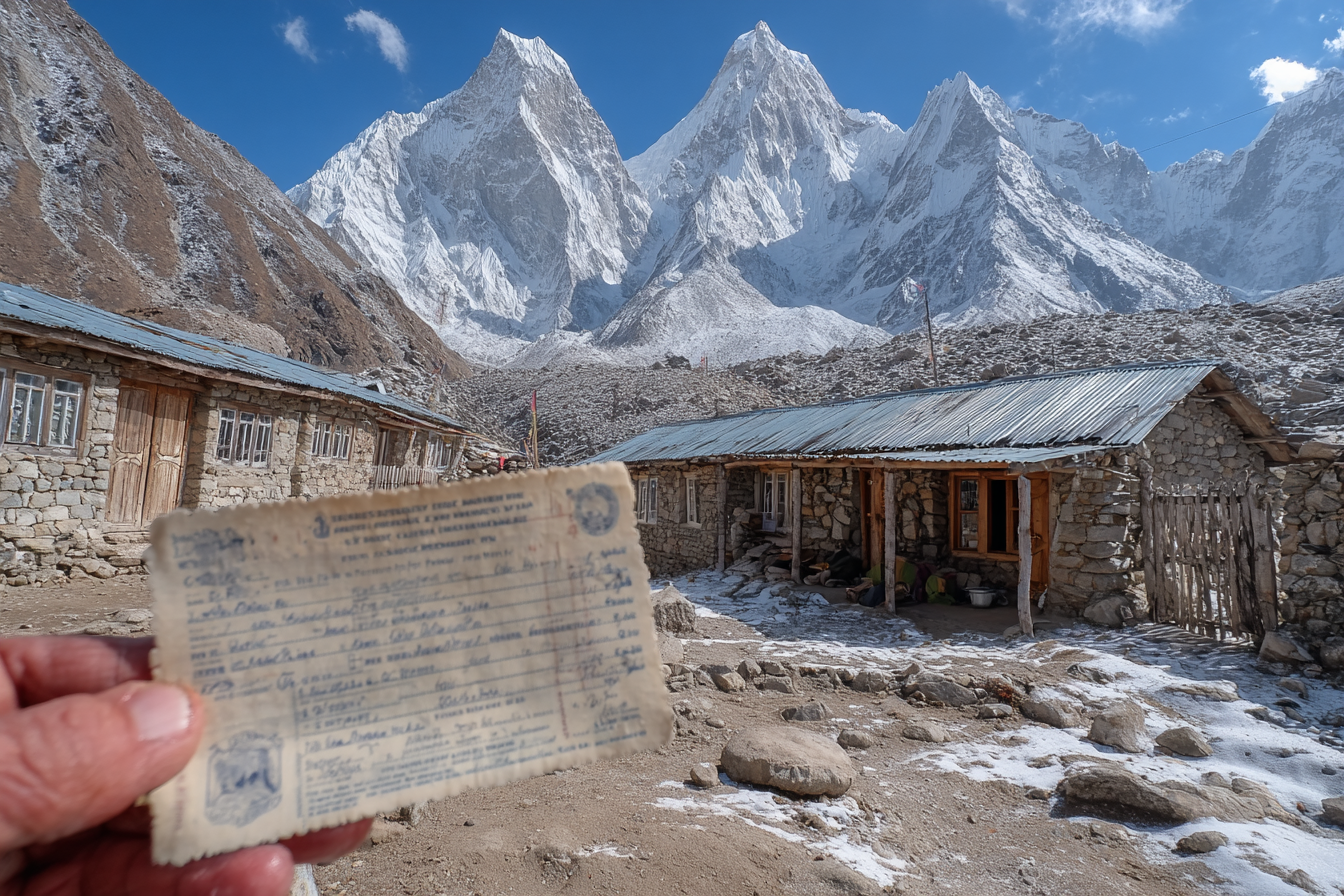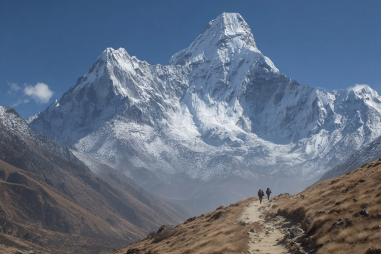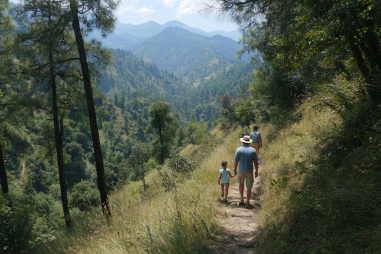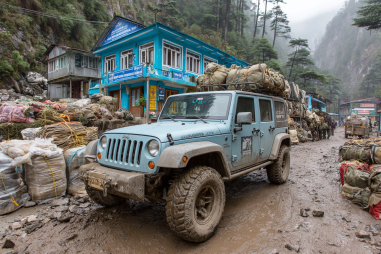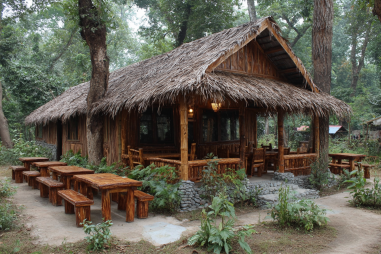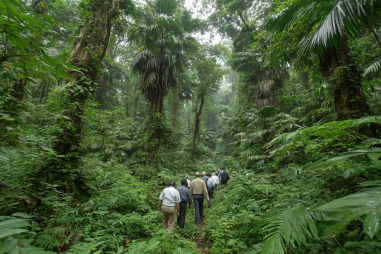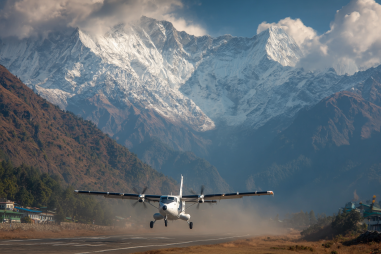If you’re planning a trek to Namche Bazaar, one of the most popular gateways to the Everest region, understanding the permits and regulations is essential. These aren’t just bureaucratic formalities – they’re crucial for your safety, environmental conservation, and the local community’s wellbeing. From securing the right permits to knowing the rules on the trail, this guide will help you prepare effectively for a smooth and enjoyable Himalayan adventure.
Overview of Permits Required for Namche Bazaar Treks
Trekking to Namche Bazaar typically requires two main permits:
- Trekkers’ Information Management System (TIMS) Card
- Sagarmatha National Park Entry Permit
While the TIMS card is mandatory for almost all trekking routes in Nepal, the Sagarmatha National Park permit is specifically necessary when you enter the national park boundaries, which begin shortly after Namche Bazaar.
These permits work together to regulate trekking traffic, minimize environmental impact, and ensure trekkers have met the necessary requirements for safety and conservation.
How to Obtain TIMS and Sagarmatha National Park Permits
Getting the TIMS Card
The TIMS card is issued by the Nepal Tourism Board or authorized trekking agencies. As an individual trekker, you can obtain a TIMS card at:
- The Nepal Tourism Board office in Kathmandu or Pokhara
- Authorized trekking agencies that can assist with the process
- Tourist Police offices in Kathmandu and Pokhara
The process is straightforward. You’ll need to present a valid passport, a passport-sized photo, and pay a nominal fee. The card records your basic details for trekking administration and helps authorities monitor trekking activity.
Obtaining the Sagarmatha National Park Entry Permit
The Sagarmatha National Park Entry Permit is mandatory for trekking beyond Monjo (the entrance to the park), which is en route to Namche Bazaar. You can get this permit at the park entrance in Monjo or beforehand in Kathmandu through authorized agencies.
This permit safeguards the natural heritage of the region and regulates access to ensure sustainable tourism. You’ll need to provide your passport information, and the permit will be issued for a specified duration aligned with your trekking itinerary.
Permit Fees and Validity
Costs for permits vary slightly depending on the trekking season and nationality (SAARC vs. non-SAARC countries). As of recent guidelines:
- TIMS Card: Approximately $20 USD for individual trekkers from non-SAARC countries; $10 USD for SAARC nationals.
- Sagarmatha National Park Entry Permit: Around $30 USD during peak seasons.
The TIMS card is generally valid for the duration of your trek and can be extended if needed, with the appropriate notifications. The National Park permit is issued for the planned duration of your journey within the park boundaries and must be returned upon completion.
Regulations for Trekking in the Area
Trekking to Namche Bazaar falls within protected zones, which means there are specific rules to follow to maintain the fragile environment and historical-cultural sites. Some key trekking regulations include:
- Adhering to designated trails and routes to avoid environmental degradation.
- Respecting local culture and customs, including dress codes and photography etiquette.
- Following waste management protocols – carry out all your non-biodegradable waste.
- Avoiding collection or disturbance of flora and fauna.
- Maintaining a reasonable group size as per permit limitations to reduce environmental impact.
These rules not only preserve the pristine nature but also ensure a safer and more enjoyable trek for everyone.
Responsible Tourism Guidelines
Beyond permits and regulations, responsible tourism practices play a vital role in preserving the Everest region’s natural and cultural heritage.
Here are some guidelines to keep in mind:
- Use local guides and porters whenever possible to support the local economy.
- Respect wildlife and avoid feeding animals.
- Conserve water and energy resources in lodges and campsites.
- Engage with local communities respectfully, asking permission before taking photos.
- Minimize plastic use by carrying refillable water bottles and reusable bags.
Following these principles helps maintain the balance between tourism growth and environmental sustainability in Namche Bazaar and its surroundings.
Penalties and Enforcement
Authorities actively monitor trekking activities to ensure compliance. Tourists found trekking without proper permits or violating regulations may face fines or restrictions. Common penalties include:
- Confiscation of passport until proper permits are shown.
- Monetary fines ranging from moderate to significant amounts depending on the violation.
- In severe cases, expulsion from the national park or trekking region.
Furthermore, trekking without permits compromises your safety insurance and access to emergency support services. Hence, securing permits is both a legal requirement and a safeguard for trekkers.
Tips for Permit Application
- Apply early: Especially during peak trekking seasons in spring and autumn, offices can get busy.
- Use authorized agencies: If you’re unsure, trekking companies often include permit processing in the package.
- Carry original documents: Passport and photo copies are usually required; bring extras to avoid last-minute issues.
- Check validity dates: Ensure your permits cover the entire duration of your trek to Namche Bazaar and beyond.
- Keep permits handy: Carry your TIMS card and park permit with you at all times during the trek as rangers may do spot checks.
- Stay informed on regulations: Laws and fees can change, so verify the latest information from official sources.
Being proactive with these steps will make your permit process seamless and allow you to focus fully on the breathtaking journey ahead.
Respecting Rules Makes for a Memorable Trek
Namche Bazaar offers trekkers unparalleled views, rich Sherpa culture, and access to the Everest region’s spectacular landscapes. Navigating the permits and regulations with care is essential to protect this treasure trove for future generations and to ensure your adventure is safe and enjoyable.
By understanding what’s required before you set foot on the trail, participating responsibly, and respecting local rules, you are contributing positively to sustainable tourism in the Himalayas. So remember, compliance isn’t just about ticking boxes – it’s your first step toward a fulfilling and unforgettable trek!

